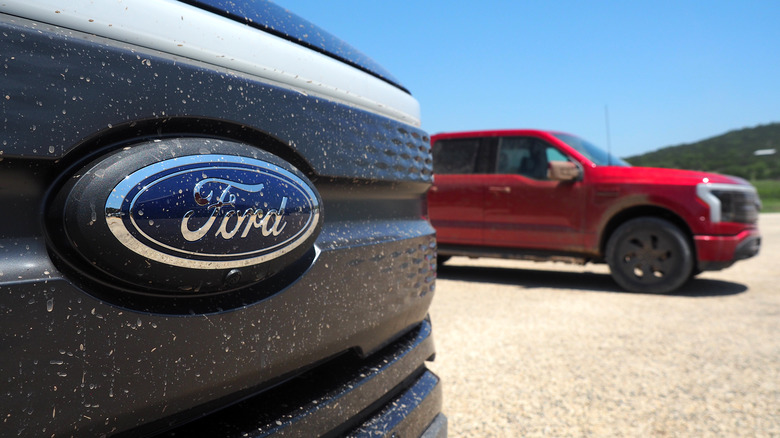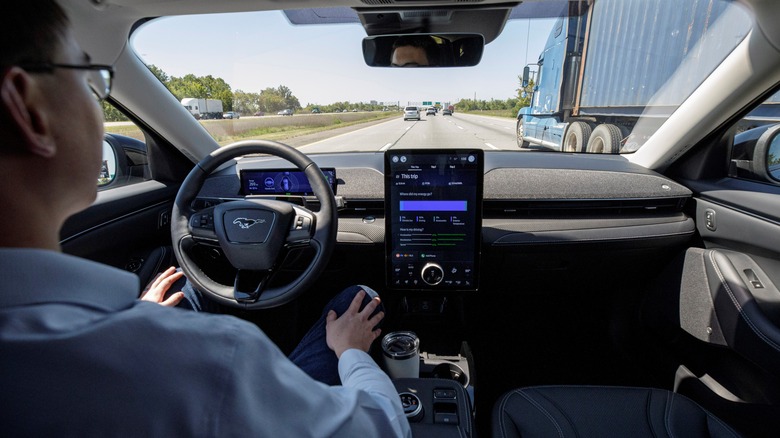Ford Has A Cautious Plan For The Subscription Based Features Everyone Hates
Ford isn't averse to charging owners of its cars for features like performance upgrades, but the automaker is playing safe in that process so as to avoid frustrating drivers like some of its rivals have discovered. The outcry at BMW's decision to make heated seats a subscription feature in some regions forced the automaker to apologize and explain just what it was, and wasn't, charging for. That led to concerns among drivers that options they expect to come as standard, or for a single payment when the car is built, would transition to a monthly fee instead (and inspired some creative drivers to hack their cars to enable the comfort feature).
While the reception to that idea has been generally negative, that hasn't stopped some car companies from flirting with in-car purchases for new features. Recently, for example, Polestar followed the example set by Tesla, Mercedes-Benz, and others by offering a performance upgrade in the Polestar 2, unlocked by software alone. A one-off $1,171 payment adds 68 horsepower and 15 lb-ft more torque.
It's something that some industry observers have suggested will be an inevitability, as so-called software-defined vehicles rely on the code they're running more than the hardware for positioning. Tesla, famously, used software to adjust the total range available from its electric cars, even if different models at different price points had the same physical battery size. Now, Ford execs have confirmed that they're also looking at the potential for add-ons even after the car has left the production line.
The key is value
What that won't be, according to Doug Field, the Chief Advanced Product Development and Technology Officer at Ford e, is a fairly cynical cash grab for every possible feature. "Charging for heated seats is going to p*ss people off," he warned during a roundtable discussion at Ford's Detroit facility, which SlashGear attended. "We don't want to take current products and take something away, and then charge to get that back."
Instead, Ford is looking to options that buyers might be cautious about when they're first ordering an electric vehicle, or which may only be possible long after it has been built. "Performance can definitely be that," Field says. "You can decide do you want to charge per 0-60 run, do you want to give them a free trial? Do you want them to buy it, or do you want them to pay it every month?"
Rather than seat warming, though, Field has features like Ford BlueCruise in mind. The hands-free driver assistance system — which allows compatible vehicles to keep pace with traffic, and centered in lanes, without the driver touching the wheel — isn't fully autonomous driving, but it does include elements associated with that. The complex result could end up turning new buyers off in the dealership. "People are not going to want to invest in it when they buy the car, because they don't understand it," Field suggests.
An update later on, in contrast, could follow a free trial and see BlueCruise only enabled for select road trips or — conversely — added permanently to the vehicle, depending on how the driver wants to use it, and how much they want to spend.

